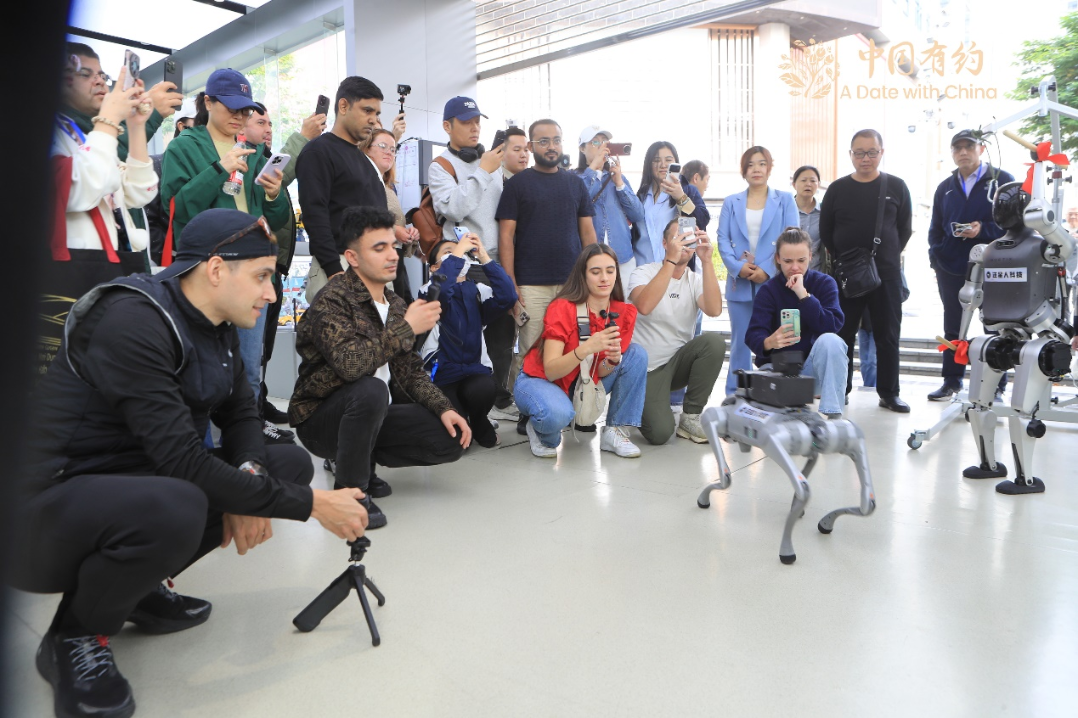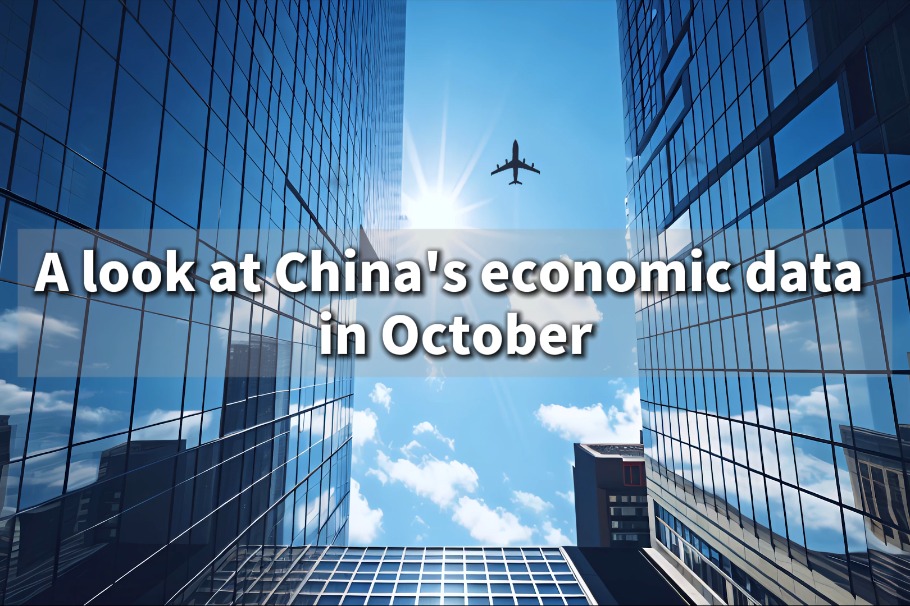Expert: CIIE an illustration of China's 'dual circulation' policy


Luigi Gambardella, President of the ChinaEU think tank, spoke highly of the role that the CIIE plays in China's new development pattern and expects the expo to provide solutions for the relaunch of the global economy in the wake of the pandemic.
1. The third China International Import Expo has concluded successfully with tentative deals totaling $72.6 billion, up 2.1 percent from the previous expo. What signal has this sent to the world?
First of all, this figure shows that after just three years since its first edition, the CIIE has become an established, globally successful event.
Considering the ongoing pandemic crisis and the hard time most countries are going through, the 2020 edition of CIIE gave a strong signal to the world that China is committed to contributing to world economic recovery by offering itself as a market for the world, and as a foreign investor-friendly destination.
China is the only G20 economy to have realized positive GDP growth in 2020. The growth of the Chinese economy is a real one: the PMI index has been above the 50-point threshold of growth for nine consecutive months, the production and services data both demonstrate a solid recovery, fixed investments and FDIs are both in the growth zone at +2.6 percent and 6.3 percent respectively.
As a result of this, trade companies across the world are increasingly viewing the Chinese market as a priority destination for business and investments. CIIE provides a unique platform for businesses worldwide to tap into the huge potential of China's market and generate new opportunities in difficult times, while boosting confidence in trade and investment in the post-COVID era.
2. Since the reform and opening up policy in 1978, China has maintained a big trade surplus with foreign countries, but the central government announced a "dual circulation" policy last year that seeks to address this. What role does the CIIE play in China's new development pattern?
The CIIE provides an illustration of China's dual circulation policy, based on making domestic consumption the key driver of economic growth, while at the same time promoting closer trade and investment relations with foreign markets.
During the third CIIE, important announcements were made to further liberalize China's market to foreign businesses. These include the reduction of the negative list for foreign investors from 40 to 33, the increase of pilot free trade zones and free trade ports from 18 to 21, the encouragement of cross-border e-commerce and new models of foreign trade, and the increased protection of intellectual property rights, to name a few.
These measures are very positive in injecting confidence in foreign businesses operating in the country as they create a better business environment for foreign investors. In 2020, China climbed 15 positions to 31st place in the World Bank's ease of doing business ranking.
3. What long-term effect does this six-day expo bring to its participants and China's industry development?
CIIE represents an important gateway for foreign businesses to promote new products to the Chinese market and to find professional buyers or new distribution channels for their products.
To make the most out of participating in the CIIE, foreign companies are encouraged to participate in pre-arranged B2B meetings, which are organized extensively throughout the duration of the six-day fair.
4. China recently signed the Regional Comprehensive Economic Partnership with Asian countries and concluded the bilateral investment treaty with European Union. What would these trade pacts bring to the coming CIIEs?
Both the Regional Comprehensive Economic Partnership (RCEP) and the EU-China Comprehensive Agreement on Investment (CAI) were mentioned as ambitious goals to be achieved in regional and bilateral cooperation during the third CIIE. These high-level ambitions translated into concrete action, with both deals being signed before the end of 2020.
Both agreements are of historical importance and can be expected to speed up economic recovery post-COVID by creating a more favorable environment for international businesses and facilitating foreign trade and investments. As such, they can be expected to further boost confidence in trading with China.
The RCEP, which includes China, Japan, South Korea, Australia, New Zealand and the 10 members of the Association of South East Asian Nations (ASEAN), represents the world's largest free trade agreement. It covers a third of the global population and 30 percent of the world's GDP.
The EU-China CAI is the result of seven years of negotiations between the EU and China, who has been among the largest trading partners of Europe. To reach the historical political agreement on CAI by the end of 2020 – which marked the 45th anniversary of EU-China diplomatic relations – China made important commitments to the EU, such as reducing market access barriers in a number of key sectors for the European industry, including electric cars, cloud computing, financial and health services, while introducing obligations for SOEs and rules on the transparency of subsidies. Overall, the CAI promises to make the investment relationship between the EU and China more balanced and more reciprocal.
Both agreements will take months, most likely years, to enter into force as their implementation into law requires ratification by governments and, in the case of CAI, the European Parliament and the Council. Once ratified, the EU-China CAI will contribute to making investments by European companies in China easier. However, the political agreement achieved on December 30 last year is only a first step, since some important aspects – like the protection of foreign investment and the adjudication of disputes – are still being negotiated. The full effect of these trade pacts will be felt on the coming CIIEs only when this process has been completed.
5. What suggestions do you have for the fourth edition of the CIIE?
We are confident that the CIIE will go on for many years to come, and each year will attract more foreign importers and local visitors.
We believe that turning the CIIE into a hybrid online and offline expo would allow even more participants to take part in the exhibition. The year 2020 has seen the proliferation of virtual fairs and digital B2B meetings. We expect this trend to consolidate in 2021 and in the years to come as it has shown the great potential of digital tools in shortening distances and facilitating international business match-makings. As a leading international expo, CIIE could lead in this evolution and become a point of reference for future exhibitions around the world.
The CIIE will play a significant role this year as it is a year of economic recovery from the COVID-19 crisis. As such, we would suggest the CIIE to provide solutions for the relaunch of the global economy in the wake of the pandemic. The program for this year's expo could, for instance, introduce targeted supported activities so as to attract the most innovative foreign companies that have something to offer in the growing Chinese domestic market. One can assume that, for example, fintech and control and processing of digital yuan transactions would be good candidates for the center-stage. New payment methods and revolutionizing points of sale could be another promising area as they provide new opportunities for EU companies and exporters.
Source:China International Import Expo Bureau




































